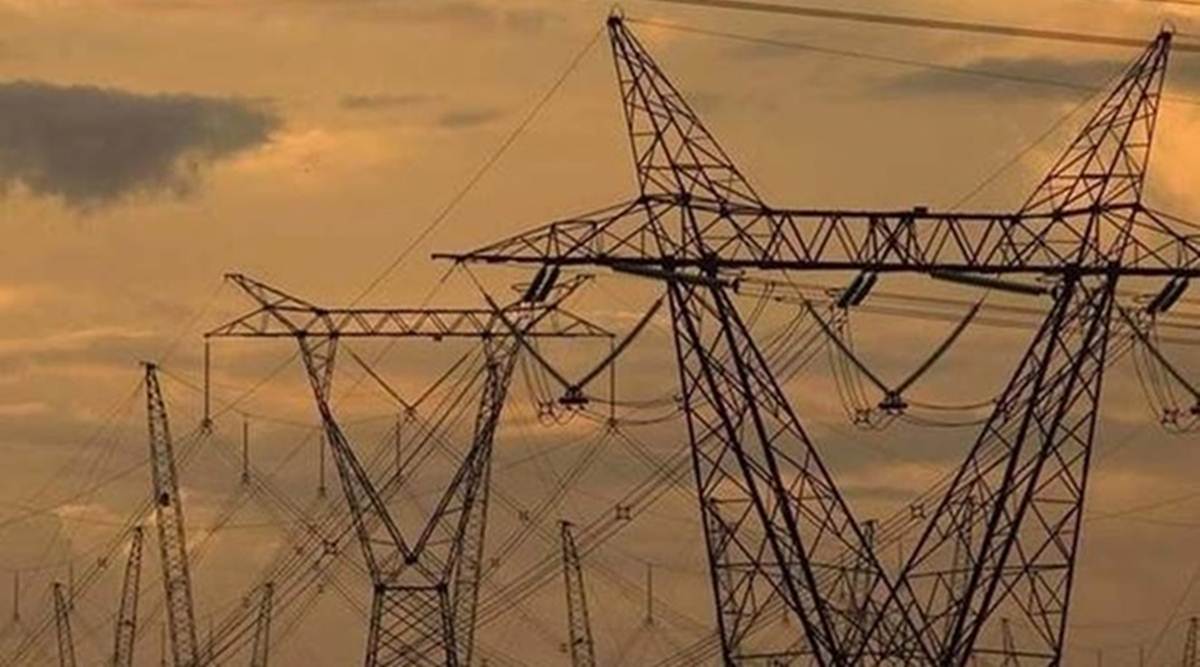 Households are eligible for a full rebate if they consume under 200 units of power
Households are eligible for a full rebate if they consume under 200 units of powerIn the lockdown months of March-July this year, more households in the city entered the 0-200 power consumption bracket, and got zero bills, as compared to last year — despite the Covid-19 pandemic confining people to their homes. A similar trend was witnessed in households consuming 200-400 units.
Delhi’s domestic households are eligible for a full rebate on 0-200 units of consumption, and 50% rebate on 201-400 units of consumption starting August 2019. During the lockdown months, more domestic consumers or households moved into the subsidised electricity brackets.
In areas supplied by the BSES for instance, in March 2020, 27.59 lakh customers consumed 0-200 units of electricity, up by 1.35 lakh households as compared to last year. Similarly, households consuming 201-400 units of electricity in July 2020 numbered 12.56 lakh compared to 11.22 lakh last year, up by 1.33 lakh households.
According to experts, lesser average temperature in 2020 as compared to last year, judicious use of electricity by households as well as migration out of the city could be various factors behind the trend.
“Temperature in these months was around 1 degree lesser than that last year. People were also being careful about using ACs, perhaps because of economic stress, or because the ACs needed to be serviced, or due to the widespread belief that ACs can lead to wider spread of Covid-19,” Shalu Agrawal, an analyst at the Council on Energy, Environment and Water told The Indian Express.
Migration out of the city may have also played a role. “It is seen that the widest difference is witnessed in June-July, after the lockdown. This could be because many, especially those living as tenants, left the city as movement was allowed then,” said Agrawal.
In June and July this year, a total of 27.27 lakh households consumed 0-200 units, up by 5.69 lakh from 21.57 lakh last year — a jump of almost 26% of 2019 levels.
Consumers using 0-200 units increased from 31% of the total consumers in 2019 to 40% in 2020. In June, it increased from 34% in 2019 to 39% in 2020 – the widest difference as compared to March-May months.
“It is strange to have reduced demand from households too, as we can understand that business hubs and industries consumed less due to the shutdown; but as people spent more time at home they might have consumed more electricity. This could mean that reduced income sources forced people to use electricity more judiciously as well as good rain and decent weather kept the demand a bit low,” said Sunil Dahiya, an analyst from the Centre for Research on Energy and Clean Air to The Indian Express.